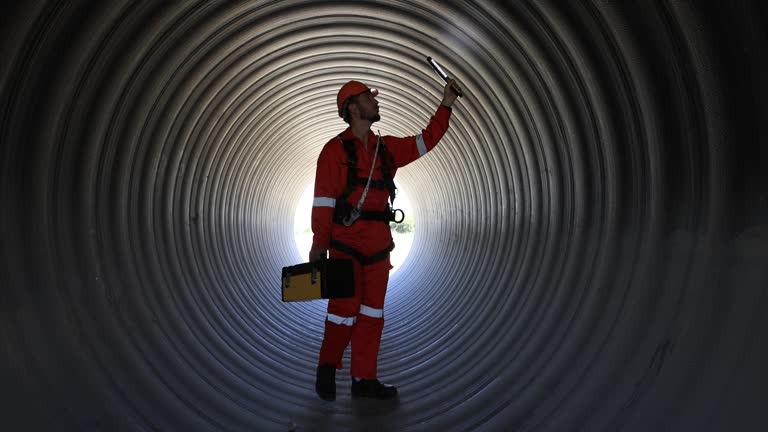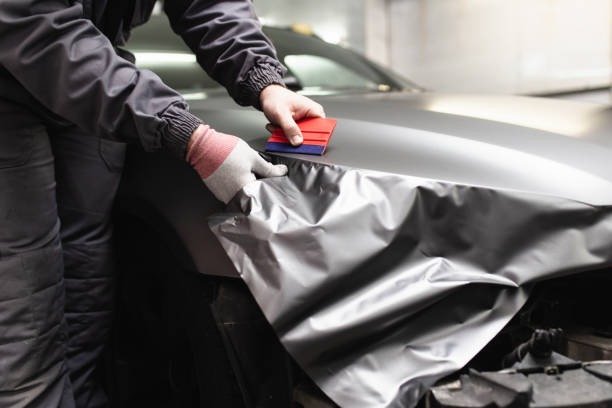A full home plumbing inspection is a crucial step in maintaining the health of your home’s plumbing system. It helps identify potential problems early, preventing costly repairs and ensuring that your water supply remains safe and efficient. Here’s a step-by-step guide to perform a comprehensive home plumbing inspection.
Firstly, start with inspecting all faucets in your house for leaks or drips. A small leak can result in significant water loss over time and may indicate more serious underlying issues. Check if the water flow is steady and consistent when you turn on each faucet. If it sputters or comes out unevenly, there might be air trapped inside the pipes.
Next, examine all exposed pipes throughout your house for signs of corrosion or damage such as cracks, leaks or rust spots. This includes pipes under sinks, behind toilets and appliances like washing machines and dishwashers. Don’t forget about outdoor faucets and hoses too; they are often overlooked but can be vulnerable to damage from extreme weather conditions.
The third step involves checking all drains for speed of drainage and any possible blockages. Slow-draining sinks could signal a partially blocked pipe which could escalate into a total blockage if not addressed promptly.
Following this, inspect the toilet tanks by flushing each one to ensure they are working properly without any leaks around visit the source tank and bowl. Listen carefully for any sounds of running water when the tank is refilled; this could suggest an internal leak that needs immediate attention.
Water heaters should also be part of your plumbing inspection checklist due to their critical role in providing hot water throughout your house. Check around them for any signs of leaking or rusting at least once annually given their typical lifespan ranges between 8-12 years depending on maintenance levels.
Finally yet importantly, check your main shut-off valve – usually located near where the main water line enters your house – making sure it turns off smoothly without too much force required which could indicate a problem.
Remember, while this guide can help you identify common issues, some problems might be hidden and require professional expertise to detect. Therefore, it’s advisable to hire a licensed plumber for an in-depth inspection periodically. This ensures that your home’s plumbing system remains in good working condition and helps avoid any major disruptions or costly repairs down the line.
In conclusion, a full home plumbing inspection is not just about identifying problems but also about prevention. By following this step-by-step guide regularly, you’ll be taking proactive measures to maintain the longevity of your home’s plumbing system while ensuring its optimal performance.




